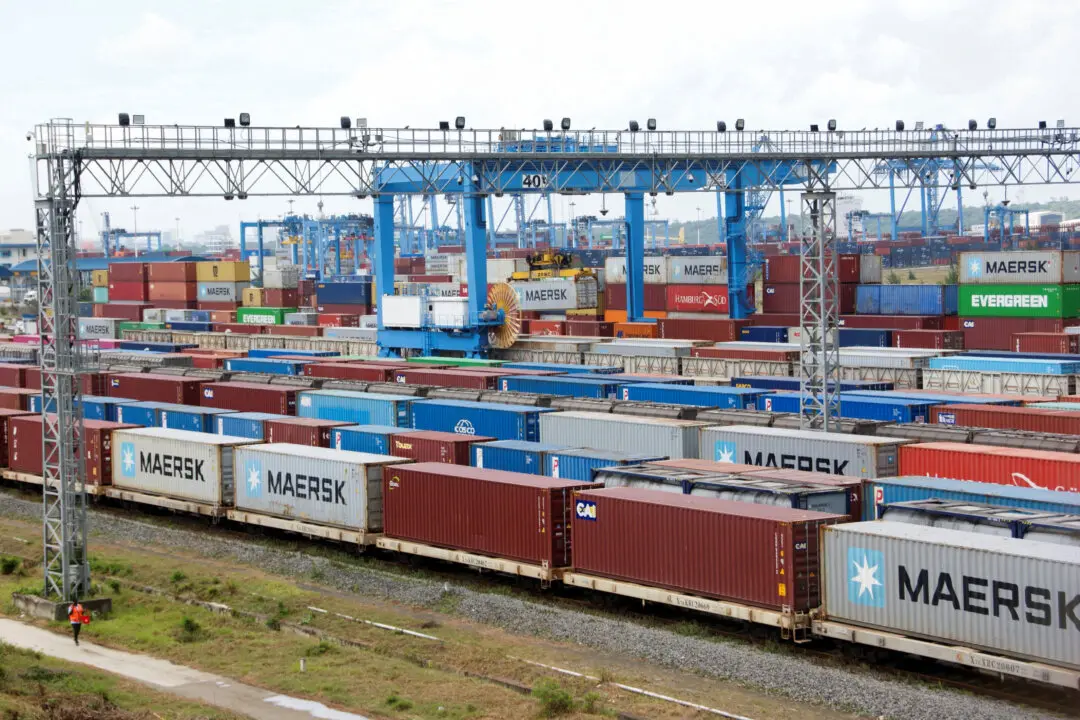Hurricane Dorian, a Category 5 hurricane, has wind speeds of 175 mph with gusts of 200 mph, according to a 9:30 a.m. update from the National Hurricane Center (NHC) on Sept. 1.
“The eyewall of catastrophic Hurricane Dorian is currently reaching the Abaco Islands. This is a life-threatening situation. Residents there should take immediate shelter. Do not venture into the eye if it passes over your location,” the NHC wrote.





